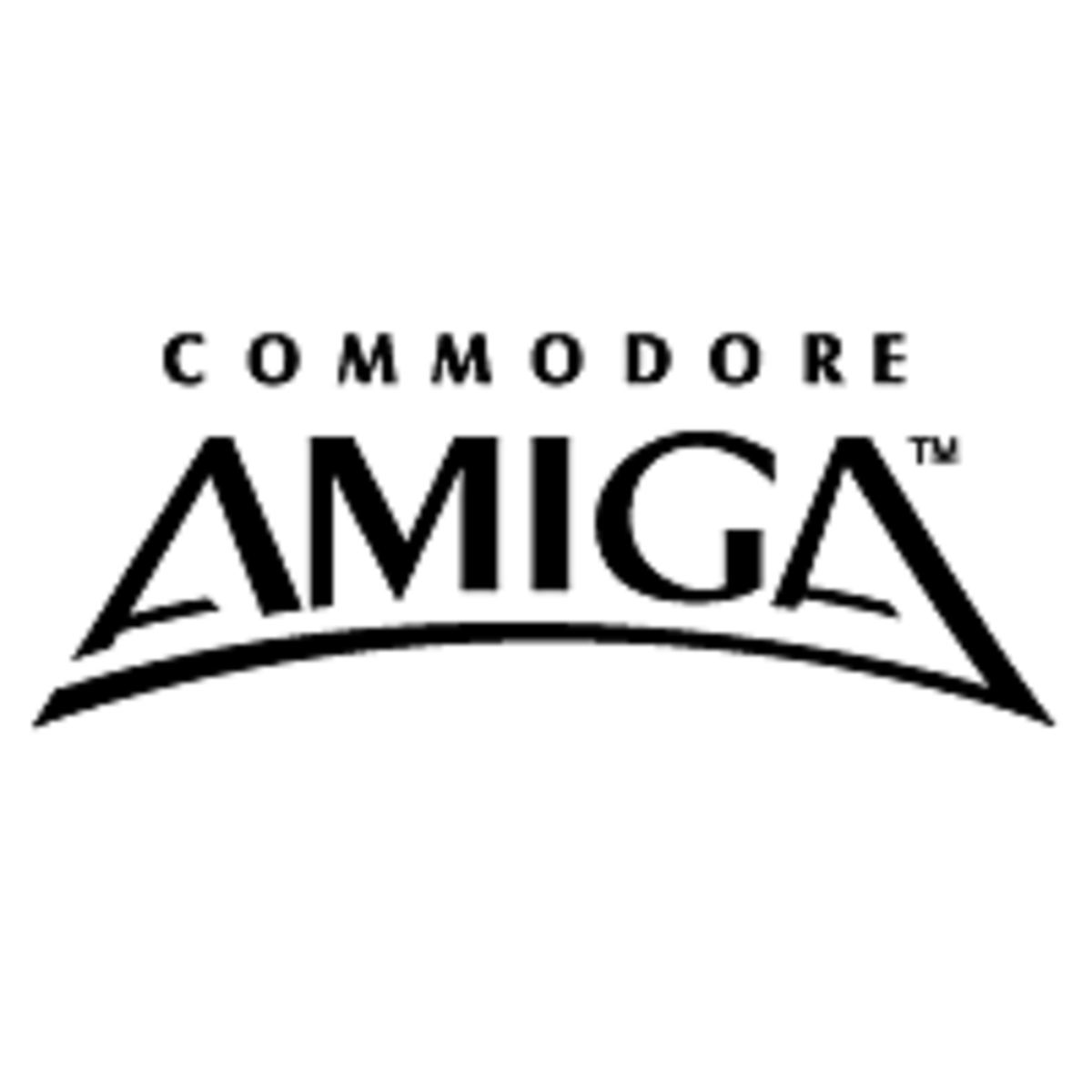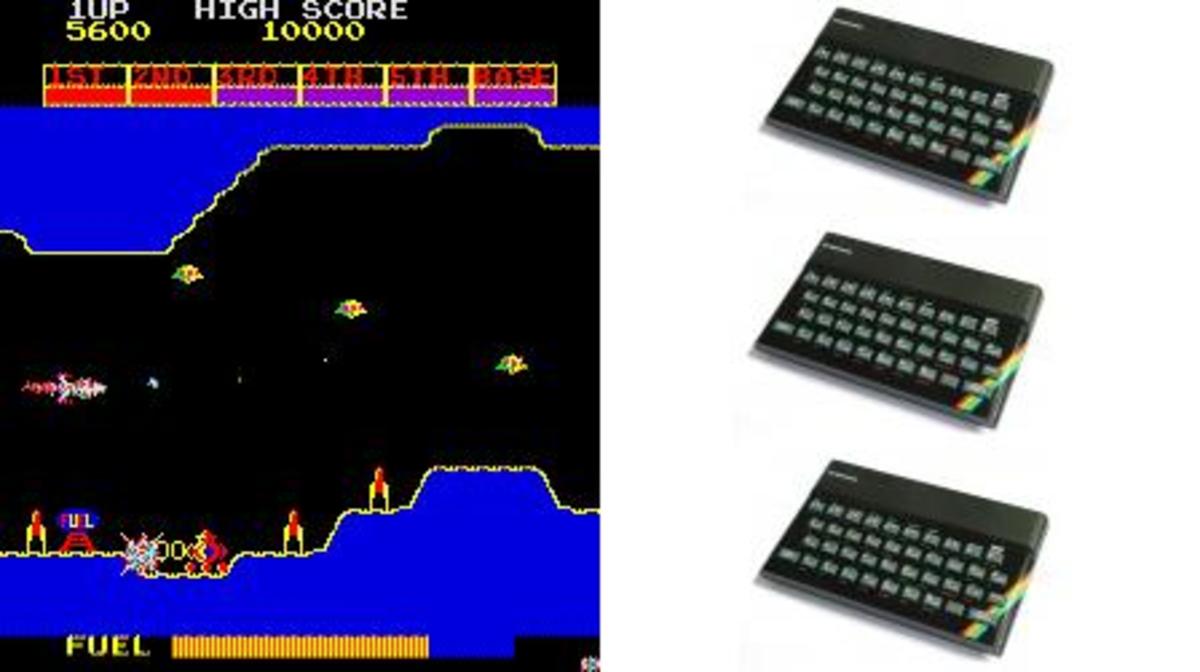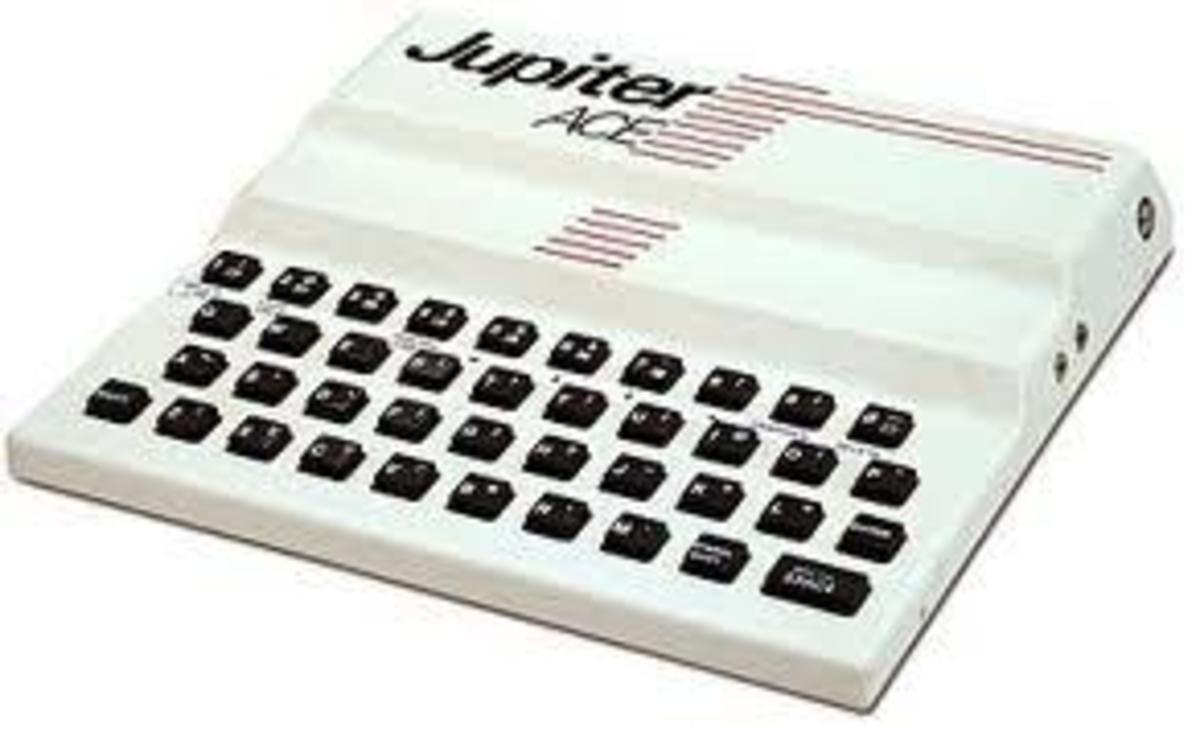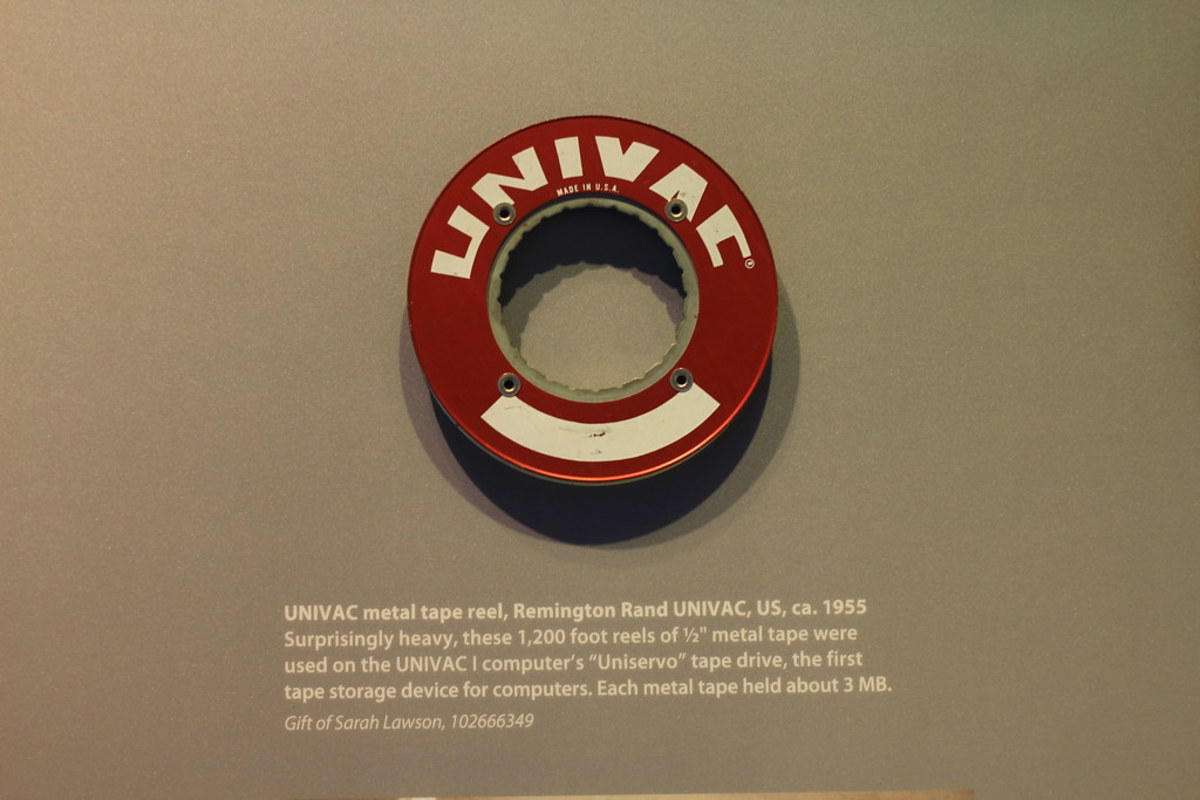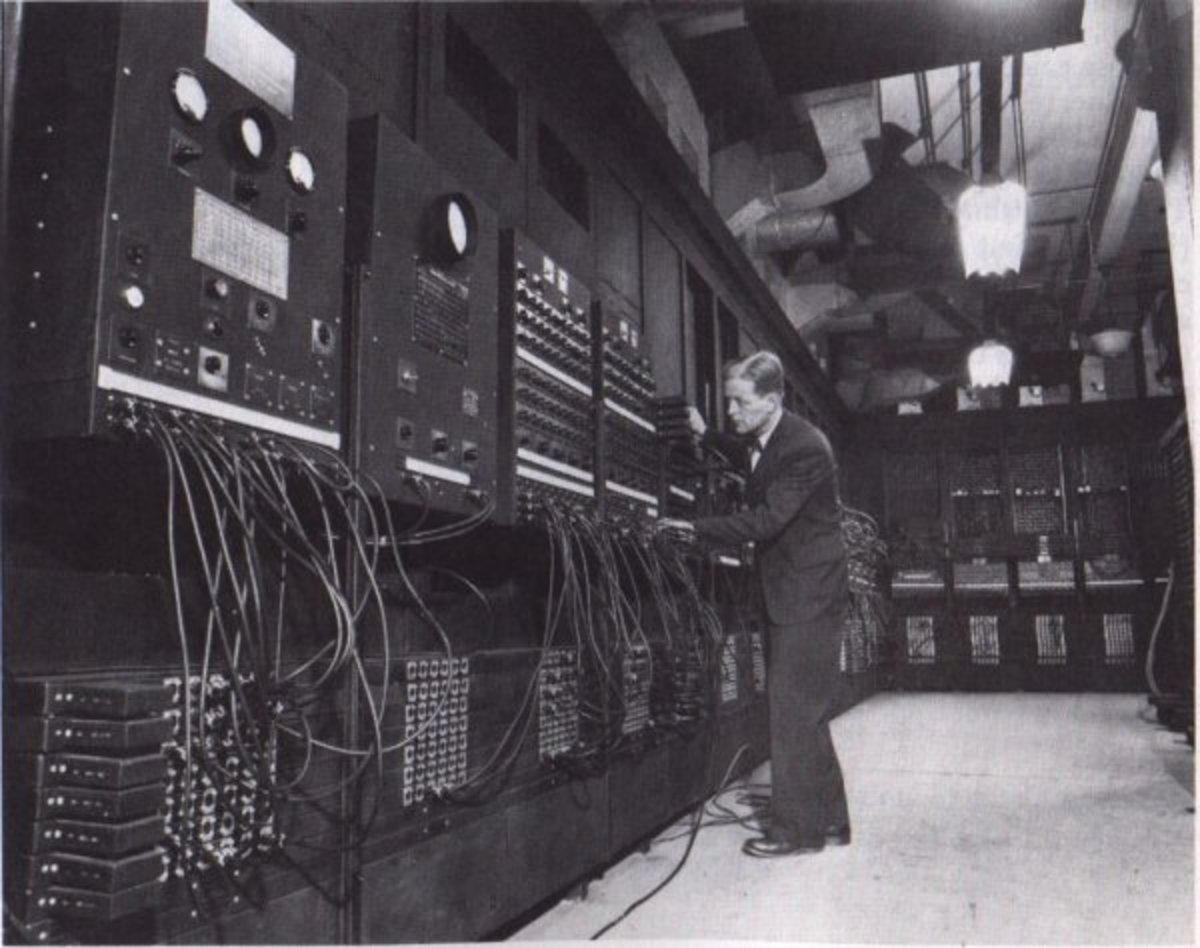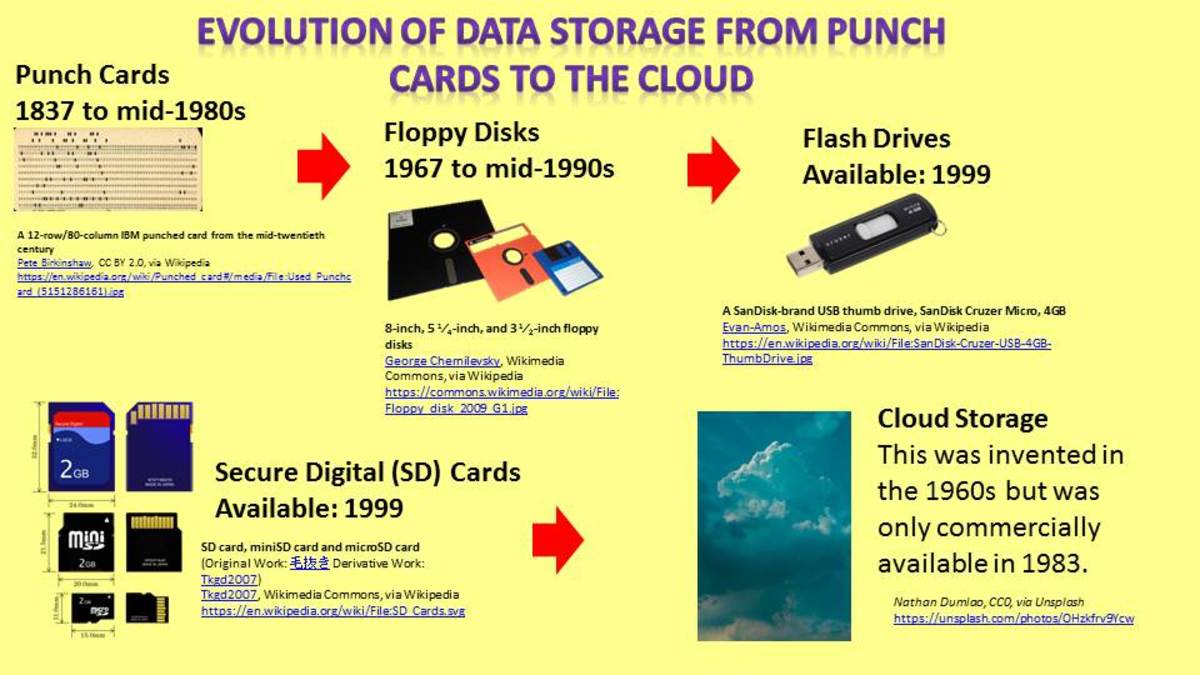Commodore 64
The Commodore 64
The Commodore 64 was the flagship of Commodores 8-bit fleet.
Who would have believed that the Commodore 64 (or C64) had originally been developed as a video game engine to be used in amusement arcades?
The idea was that the machine could be constantly re-programmed with newer and more exciting games, without the need to change the cabinet.
Change the software, keep the hardware, keep things fresh.
This idea goes a long way in explaining how this 8-bit machine had such good sprite generation capabilities along with fantastic music and sound capabilities.
No wonder it would go on to be one of the foremost classic games machines of the 1980s which enjoyed a fierce rivalry with the ZX Spectrum in the UK.
Released in August of 1982, Commodore changed tack and the machine was marketed to supercede the VIC 20.
The rest as they say, is history.
The Commodore 64
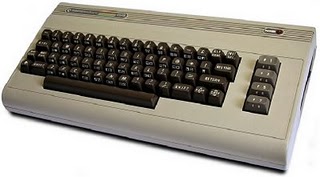
A fully kitted out C64
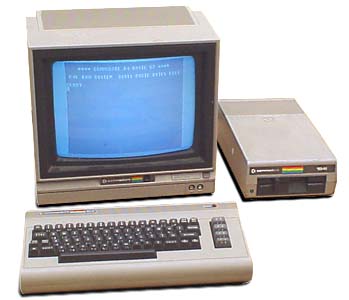
TV Advert For The C64 - Enormous Memory!
C64 Hardware
Display
The machine itself resembled the VIC 20.
However; compared to it's ancestor (apart from the built in BASIC), it was a far superior piece of kit.
It sported a large (at the time) 64KB of RAM allowing 38KB to be available to the built in BASIC Version 2.0, and the sound and graphics capabilities that were better than even any IBM compatible machine of the day.
The machine itself was powered by a MOS 6510 CPU running at just under 1MHZ (In the UK anyway). But the real kudos of the machine was the sounds and graphics, which really set it apart from any other home micro of the era.
The graphics chip (the VIC-II) featured 16 colors and eight hardware sprites per scanline, which could allow up to 112 sprites per PAL screen. Not bad!
It also had in-built scrolling capabilities, and two bitmap graphics modes. Now these sort of features were the kind that turned games programmers on!
These hardware capabilities led to the smooth non-parallax scrolling achieved by arcade games such as Uridium and Armalyte, which were to become a new high standard in home video gaming. 8 layers of graphics could also be created with the chip, which led to a lot of new and interesting visual effects.
Perhaps the only down side to the sprite generation was that sometimes games characters (generated as sprites) would have a 'blocky' look to them and lacked the smooth edges that the likes of the ZX Spectrum could produce.
Despite this slight shortcoming, the VIC-II graphics chip allowed the machine to be a highly capable platform for playing arcade style games in the comfort of your own home.
Has anyone seen SID?
The C64 sound is truly legendary.
The sound chip (known as 'SID') had three output channels, each with its own ADSR envelope generator. With several different waveforms, ring modulation and filter capabilities, this piece of hardware really was highly advanced for 1982.
The SID was designed by Bob Yannes, who would later go on to co-found the synthesizer company Ensoniq. As more and more software titles were released on the machine the music capabilities were really showcased.
Quite often the music within a game became a hit of its own among C64 owners.
Composers and programmers of game music on the C64 reached almost legendary status for their superb games soundtracks and menu music.
C64'ers will hold in reverence names such as Rob Hubbard, David Whittaker, Martin Galway, Ben Daglish, Chris Hülsbeck and David Dunn.
Some of the music in the C64's classic games library is as well remembered as the game itself! Who could forget the famous 'Ocean Loaders' from Ocean Software?
Uridium on the C64
Armalyte on the C64
Some Of Rob Hubbards Classic C64 Music
The legacy of SID
Even to this day, the SID chip has a distinctive sound which has retained a dedicated following.
There are many classic pieces of music on the C64 by the likes of Ben Dalglish, Martin Galway and Rob Hubbard.
SID devotees wordwide love the music, and tunes continue to be composed on this older yet fine hardware.
In 1999, Swedish company Elektron actually produced a SidStation synth module which was built around the 6581 model SID chip.
They managed to achieve this by using remaining stockpiles of the chip, and several bands even use these devices in their music. How's about that then for longevity of hardware?
Wizball Commodore 64 music by Martin Galway
A selection of Commodore 64 Ben Dalglish music
The style of the Commodore machine
On a visual level, the machine did look pretty cool.
It was nicknamed 'breadbox' or 'bullnose' due to the shape of the outer casing.
The light brown box with the CBM logo emblazoned across the top was appealing, and the the darker greyish brown keys finished the look off nicely. It also had four function keys down the right hand side of the machine which made it look more like a professional machine.
The machine was well advertised in magazines and on TV which no doubt helped the machine to sell superbly.
These adverts tended to ensure that we all were aware that the machine was a great 'all rounder'...
But we all know it was mainly used for games and not for homework, right?
TV Advert For The C64
Another Advert For The C64 - Quite Funny Actually!
Commodore 64 Extras
The machine could be enhanced (like most other machines) by adding extra hardware to it.
For those all important games digital joysticks were available, as were light pens, the CBM 1351 mouse, and the C64 was could also be used with the KoalaPad, which was a graphics tablet. All cool stuff.
Parallel printers and modems could also be attached to it making the C64 a very good all round machine.
Come on, who tried to find a mysterious mainframe via a modem that asked you to 'logon'?
Due to it's large games base (with thousands of games available and monthly magazines such as ZZAP 64 covering them) and versatility, the C64 went on to become more popular than me on a night out.
It had a production run of roughly 11 years, from it's release in 1982 right through to it's final days in 1993 (it even outlasted the more powerful Commodore 128) when more and more people turned to the likes of the Commodore Amiga, Amiga 1200 (with plenty of quality Amiga Games) or even an IBM PC or Apple machine.
The popularity of this machine was only ever rivalled and equalled by one other: The Sinclair ZX Spectrum had more titles than any other 8-bit computer.
The archives of Spectrum Games are chock full of quality titles that provided stiff competition to the C64.
Playground arguments would regularly ensue over the merits of each machine, its games, graphics....
It is one of the factors that made computing during the 1980s such fun.
Way Of The Exploding Fist on the Commodore 64
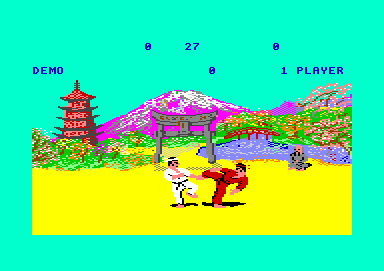
Beating The 10th Dan Opponent On Way Of The Exploding Fist
Gaming on the C64 today...
Games are still being created for this machine today.
Chronosoft are a well known supporter of many retro machines, and the Commodore 64 is one of them. Chronosoft titles are always worth a look - check out their site if you fancy a 'modern' experience on your C64.
Joe Gunn on the Commodore 64
The Massive Memory of the Commodore 64
Marketing and advertising the Commodore 64
This is a machine that was very well advertised back in the 1980s.
Many TV adverts and commercials were made for it and it was always well advertised in weekly and monthly computing publications.
A lot of the adverts tended to focus on the 'large' 64KB of RAM that the computer contained - which in 1982 when it was launched was pretty impressive.
Below is a selection of some more television adverts that were shown in various countries for the machine during the 1980s.
Enjoy!
A Mouse For Christmas on your Commodore 64!
I Adore My '64!
It All Starts With The Commodore 64
Useful Retro Links
- Acorn Atom
The Atom was the ancestor to the BBC series of computers manufactured by Acorn - Acorn Electron
The Electron was an 8-bit Micro manufactured by Acorn (who had also created the Acorn Atom) which was released in 1983 - Amiga 1200
The A1200 was Commodore's third-generation Amiga computer which was aimed at the home market - Amiga CD 32
The Amiga CD32 was released seventeen years ago (gulp!) - Amiga Games
The natural successor to the C64 was the fantastic Amiga - Amstrad CPC 464
During the 1980s entrepeneur Alan Sugar made a foray into the home computer market... - Asteroids Game
Asteroids (along with the seminal Space Invaders) must be one of the most famous arcade games of all time - Astro Blaster
Astro Blaster was a table top arcade game released by Hales - Astro Wars
Astro Wars was an electronic arcade game of the 'table top' variety - AY Music
It's not quite SID, but it wasn't bad! - BBC Micro
The BBC, known as the BBC micro - Best PC Games
Best PC Games PC Gaming - get the best in online games for free - Crash Magazine
Crash magazine was one of the most popular monthly magazines available covering the Sinclair ZX Spectrum and it's games - Frogger
Frogger is an arcade game which was released waaaay back in 1981 - Funny Games
Games to make you laugh a little - Games Online
Games online are both modern and classic... - Ground Zero
Quality (yet grim) text adventuring - Miniclip Games
Browser based arcadey type stuff - Missile Command Games
Missle Command - a world famous arcade game... - Ocean Software
Ocean Software was one of the biggest developers of computer games within Europe during the 1980s and 1990s - Oric 1
The nearly man... - Oric Atmos
The Oric Atmos was a British computer that superseded the Oric 1 - Pacman Game
For those retro gaming fans among us, who can forget the year of 1980 when Pac-man first appeared in the amusement arcades? - Retro Computers
Lots of oldie-worldy hardware - Scramble Games
Scramble must be one of the most famous arcade shoot em ups ever - Sinclair Interface 2
The ZX Interface 2 was a hardware peripheral that was actually pretty cool - Star Wars Computer Games
A long time ago in a web page far, far away... - Tomy Sky Attack
Tomy 3D Sky Attack. The ultimate in Tron-alike thrills - Vectrex
The Vectrex. This classic arcade console is certainly something a little different - Vintage Classic Toys
Toys from your childhood... - ZX80
Before the ZX81 there was the ZX80... - ZX81
Before the C64 there was the Sinclair ZX81... - ZX Spectrum Trashman
A brief and lighthearted look at an earlier release for the ZX Spectrum by New Generation Software - 8-bit to 16-bit
Who upgraded to an Amiga?

